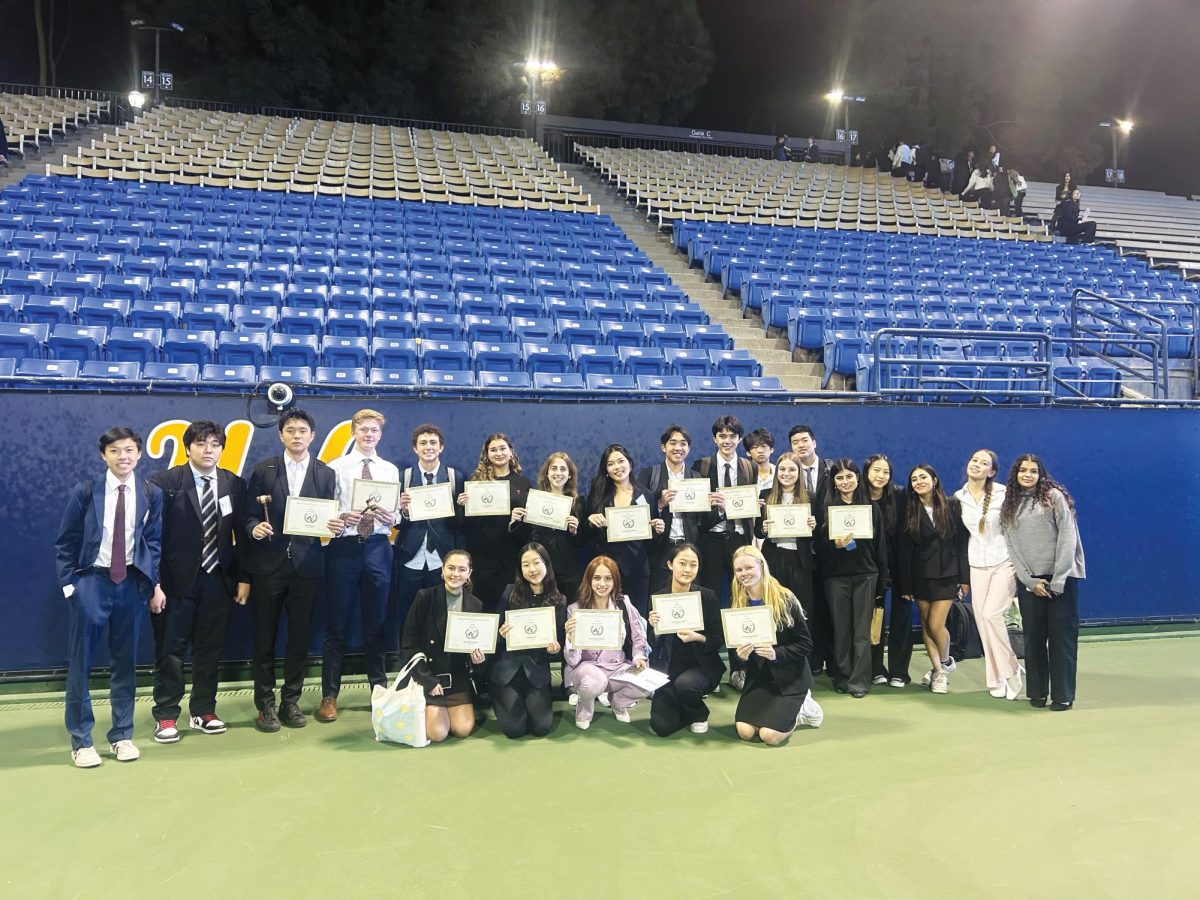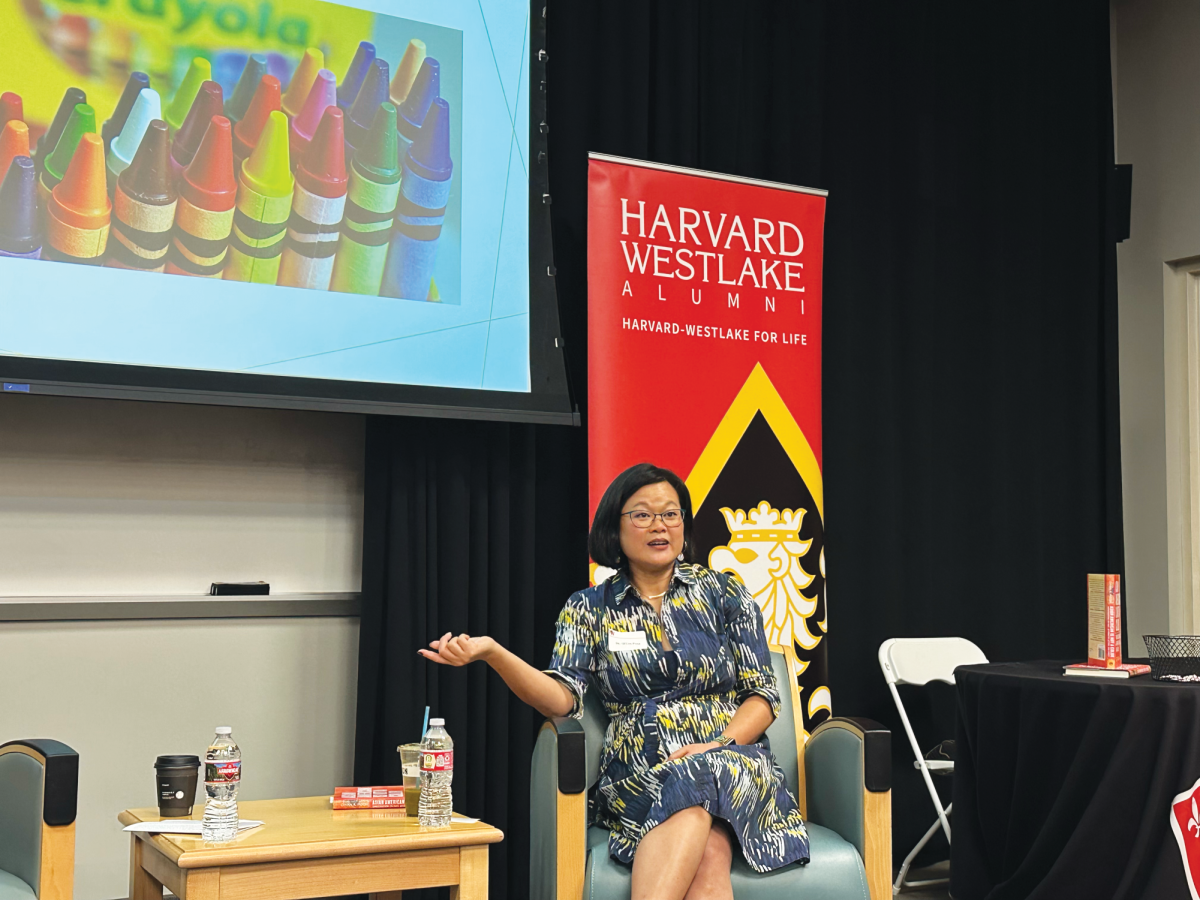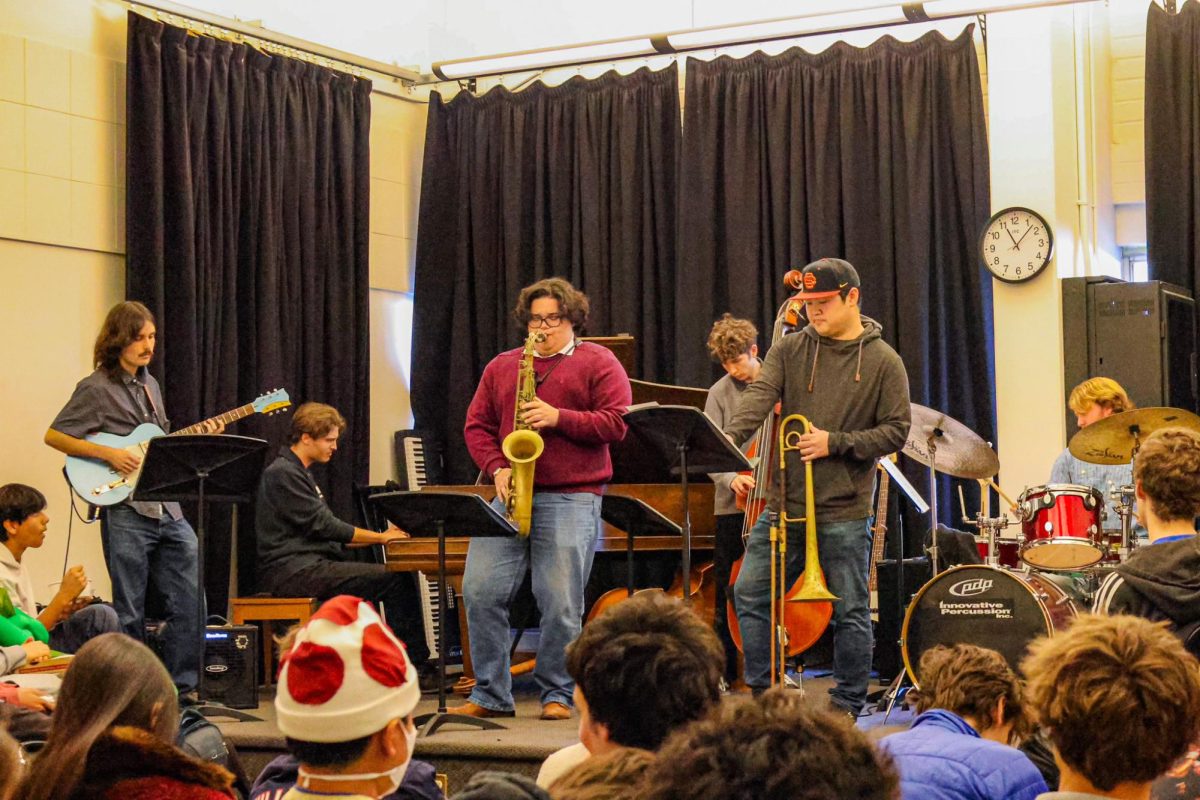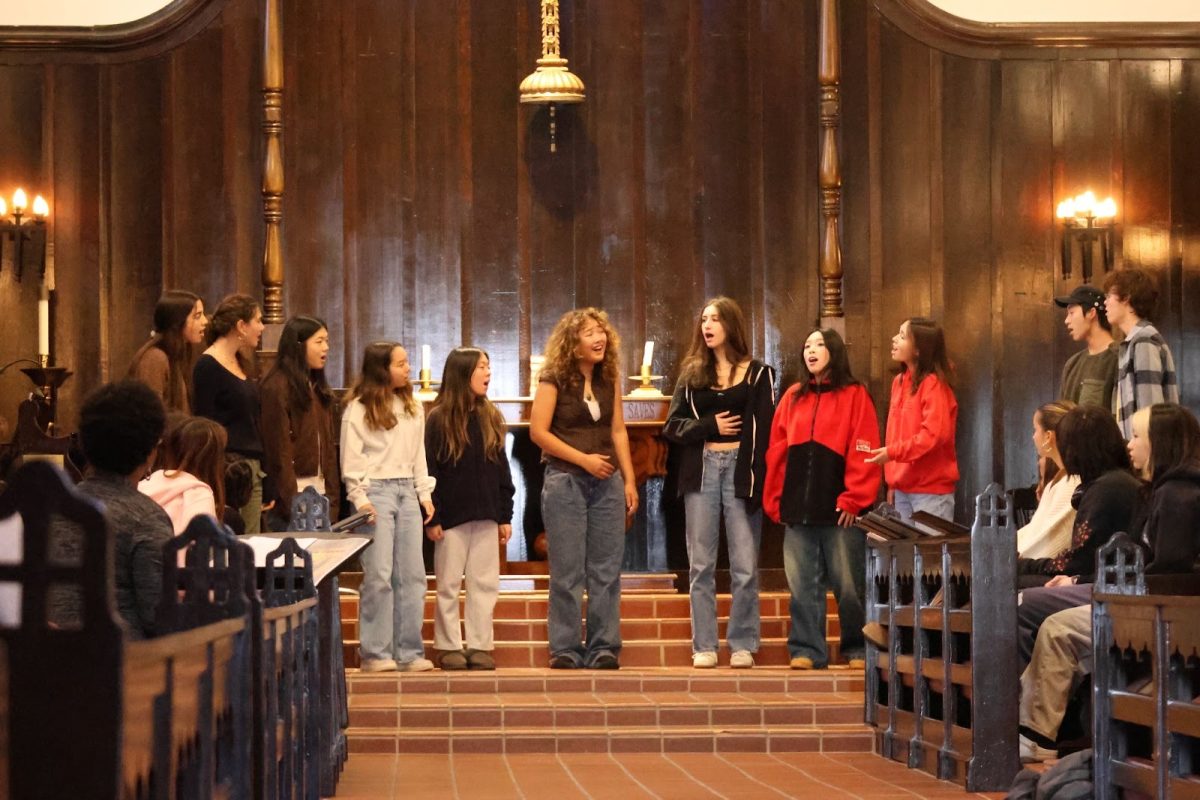Three new 4,000 pound kilns were delivered by crane to the upper school visual arts department on Aug. 19.
These new kilns are replacements for older kilns that have been at the Upper School for more than 30 years.
Clay firing requires different types of kilns to yield different appearances.
“You have to do two separate firings with clay,” Palmer said. “You make something in clay, it dries, then you fire it once, you apply glaze to it, then you fire it again”.
Art teachers will use one of the kilns for bisque firing, which is the initial firing, another for glaze firing in an oxygen rich environment to make the glaze shiny and the third, a reduction kiln containing a low amount of oxygen, to alter the appearance amd texture of the clay.
The reduction kiln can reach temperatures as high as 2,350 degrees Fahrenheit to fire clay objects.
“By doing this, it activates some of the metals that are in the glazes and makes them shiny, or brings out certain things like the iron in the clay body that you wouldn’t normally see if you do an oxidation firing,” Palmer said.
Advanced and regular ceramic and three-dimensional art classes will use the new kilns beginning this year.



























